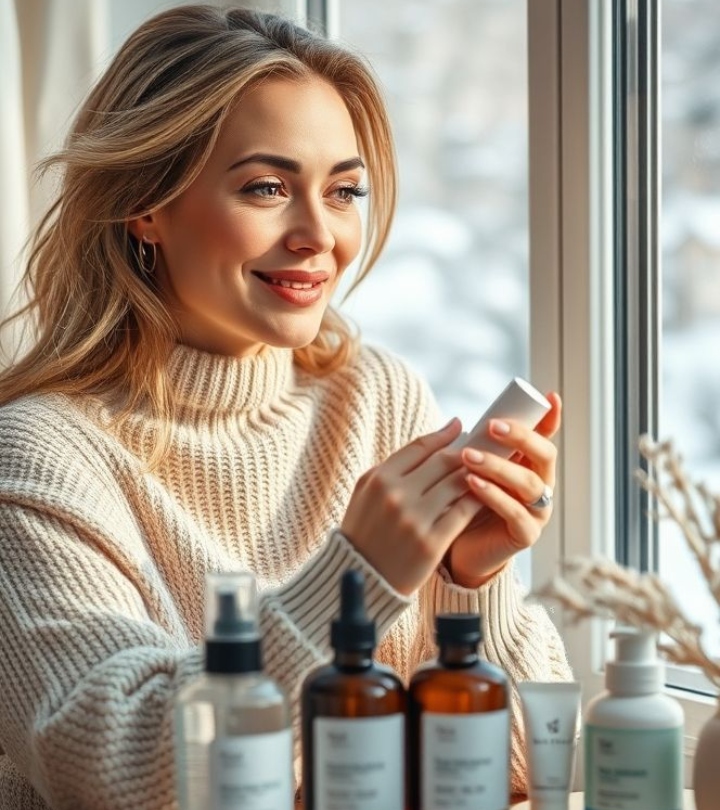Are you ready for the beach this coming summer? But the real question is—is the beach ready for you this summer? During the summer season, many people want to splash some water and feel the summer heat by going to the beach.
However, you would not want to flaunt your beach body unprotected. So, to shield yourself from the sun’s UV rays, a little touch of sunscreen may help. While sunscreens protect everyone as they bathe under the heat of the sun, the marine ecosystem is being threatened. But why is the sea afraid of your little bottle of SPF?
Table of Contents
What Are The Effects Of Sunscreens In The Marine Ecosystem?
According to experts, the effects of your sunscreen on marine life are similar to how pollution, climate change, and other environmental factors damage coral reefs. This is because of the harmful substances present in a bottle of sunscreen. So, what would happen if these reefs are destroyed?
When these reefs have been destroyed, fishes and other marine creatures may die as they have no shelter. If most of them gradually die, it will affect the global food supply. Hence, a big problem for most countries around the world. So, when you buy sunscreen, make sure it is reef-safe.
For a reef-safe sunscreen, you may search it on the net or take a look at Brush on Block and see if their products suit your needs.
What Is Reef-Safe Sunscreen?
The term ‘reef-safe’ is used to describe a product that’s safe for the coral reefs or marine wildlife. Unfortunately, this term is not regulated by any governing institution and may be used by anyone for the sake of money. Therefore, you can’t trust any bottle of sunscreen that may be pretending and claiming that it’s ‘reef-safe.’ So, what should you do to prevent yourself from mislabeled goods?
How To Check Products Claiming To Be ‘Reef-Safe’?
The best way to determine if the sunscreen you’re using is ‘reef-safe’ is to check the active ingredients present in the sunscreen. Then, look if there are harmful chemicals in the product. Here are the chemicals you would need to avoid:
- Oxybenzone
- Octinoxate
- Parabens
- PABA (Para-aminobenzoic Acid)
- Triclosan
- Titanium dioxide
- Homosalate
- Octocrylene
- Octisalate
Among these harmful chemicals, the two most dangerous substances you would need to avoid as much as possible are oxybenzone and octinoxate. These two may cause significant damages to coral reefs due to bleaching.
Furthermore, you would also need to avoid products that contain nanoparticles (use micro-sized particles as much as possible) or exfoliating beads. Here’s a cheat code, if the product doesn’t claim to contain micro-sized particles, then automatically consider it to have nanoparticles. These small particles are toxic in higher concentrations.
What Should You Do Instead?
After reading this, you may want to stop using sunscreen to protect the environment. However, it’s not a good course of action either. Sunscreens are important as they act as shields from the sun’s harmful rays. These rays may cause life-threatening medical conditions, including cancers. So, don’t abandon the idea of using sunscreens, but be wise in choosing them.
Furthermore, here are other helpful tips you may want to follow aside from checking the chemicals in the ingredient section:
- To avoid using products with nanoparticles, check the label if it claims to be ‘non-nano’ or ‘micro-sized.’ These terms pertain to the size of mineral found in sunscreens. The smaller the particles are, the more dangerous they are to the environment. It’s because of the capacity of the corals to ingest the particles. If the particles are larger than 100 nanometers, it would be difficult for the corals to consume them.
- Use a lotion instead of sprays and mists, especially if these contain titanium dioxide or zinc oxide, which are dangerous to humans when inhaled. Moreover, some particles from sprays can land on the sand, which will be washed out by water flowing directly to the sea. Therefore, your best option would be lotions and creams to protect both the marine life and you at the same time.
- Check the label and see if the product claims to be ‘paraben-free.’ When looking at the ingredient label, look for ‘butylparaben.’ This chemical may also cause bleaching similar to oxybenzone. However, most companies don’t use them anymore as they are proven to be harmful to humans. But still, there’s nothing wrong with double-checking, to be completely sure.
Final Words
Sunscreens are the best friend of every beachgoer. However, it may be one of the worst enemies coral reefs have. Therefore, make sure that your sunscreens are reef-safe or reef-friendly to protect these reefs.
However, the term ‘reef-safe’ is not yet regulated. So, the best thing to do is to check the ingredients label and look for harmful chemicals, such as those mentioned above. Also, you would want to make sure that your sunscreen is free from nanoparticles as these small objects may be ingested by corals, causing big problems in marine life.
So, the best way to help the marine environment is by becoming a smart shopper. Instead of looking at which brands are expensive and well-known, look for those that are safer for the environment.









